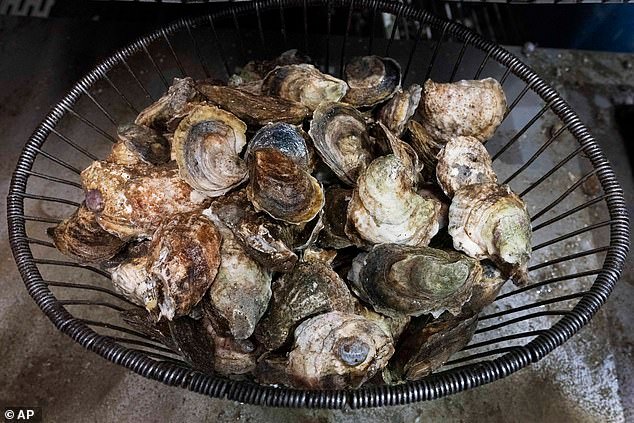The Daily Observer London Desk: Reporter- John Furner
Two Connecticut residents have died from infections earlier this summer linked to a bacteria found in raw shellfish and ocean water, state health officials confirmed Tuesday. A third resident was also infected.
The victims, aged 60 to 80, are known to be infected with Vibrio vulnificus, a marine-based bacteria that causes life-threatening wound infections, the state Department of Public Health said Tuesday.
The bacteria doesn’t make the shellfish, such as oysters, smell or look any different, making it difficult to detect.
The state Bureau of Aquaculture said it does not believe any of the infections are linked to Connecticut shellfish.
The health department said two of the three cases were wound infections not associated with seafood.
The third infection was in a resident that consumed raw oysters at an out-of-state establishment.
The Connecticut Department of Health confirmed that two deaths occurred in July from Vibrio vulnificus, a bacteria that enters the body when you eat uncooked or undercooked shellfish, but it can also infect open wounds
Both deaths occurred in July. The department said this is the first time Connecticut has seen a case of Vibrio vulnificus in three years.
Vibrio vulnificus enters the body when you eat uncooked or undercooked shellfish, but it can also infect open wounds.
The infection is rare, with only 100 to 200 cases reported in the US every year.
Symptoms come on suddenly, according to the Cleveland Clinic, usually 24 hours after coming into contact with the bacteria. Symptoms include fever, chills, skin redness or rash, fluid-filled blisters, nausea and vomiting, diarrhea, dizziness, confusion, and fast heart rate.
Vibrio vulnificus infection can quickly result in sepsis, an extreme reaction to an infection, which leads to tissues and organs shutting down.
Symptoms can closely resemble the flu, so look out for a very high or low temperature, sweating, extreme pain, clammy skin, dizziness, nausea, high heart rate, slurred speech, and confusion, according to the Mayo Clinic.
If left untreated, sepsis is fatal.
It impacts 1.7 million Americans every year, according to the CDC, and kills 350,000 annually.
State health officials said the bacteria has never been found in state wasters, and most infections are linked to shellfish from much warmer waters. The agency also said the state conducts regular tests for bacteria.
Since 2014, the state has also added requirements designed to cool oysters to the point where the bacteria cannot survive, the department said.
In high-risk areas, harvested oysters are immediately placed in an ice slurry.
In lower-risk areas, harvesters are required to refrigerate or ice all oysters within five hours of harvest.



